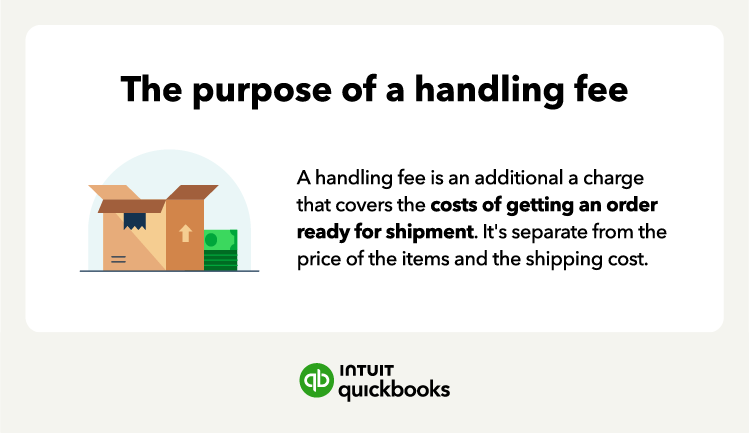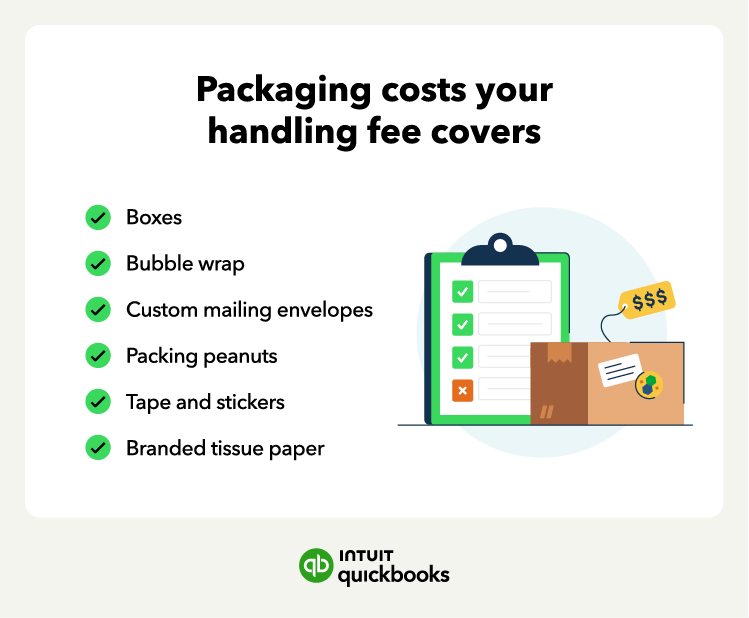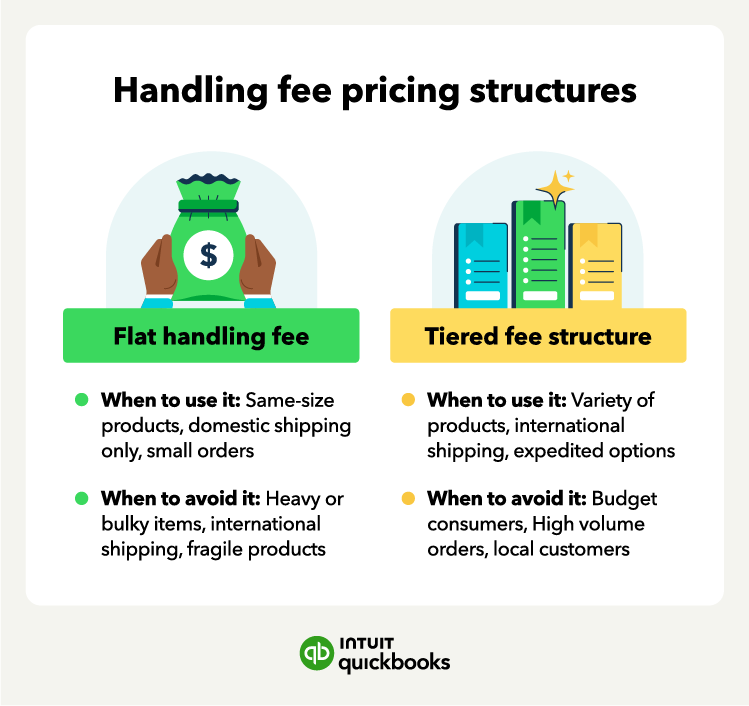Storage costs
Storage costs refer to the fees a warehouse charges for holding your products on their shelves. These fees are typically based on the amount of space your inventory occupies, measured in square footage or pallet positions.
When calculating handling fees, it's important to factor in your average storage cost per unit. This will help ensure your handling fee covers the cost of keeping your products safe and accessible until they're shipped to customers.
Packaging costs
Packaging costs encompass all the materials you use to prepare your products for shipment.
Packaging costs include essential items like:
- Boxes
- Bubble wrap
- Packing peanuts
- Tape
- Branded tissue paper
- Stickers
- Custom mailing envelopes
By tracking your average cost per order for these materials, you can ensure your handling fee accurately reflects the cost of getting your products safely into your customer's hands.
Labor costs
Labor costs represent the wages paid to your warehouse staff for picking, packing, and processing orders. To determine the labor portion of your handling fee, calculate the average time it takes to fulfill an order and multiply that number by your hourly labor rate.
Shipping costs
Shipping rates can include postage, surcharges, fuel charges, and additional fees for certain shipping options, such as expedited delivery. The cost of shipping highly depends on package weight and location, so keep that in mind when deciding how much to charge for shipping. There may also be a difference between carriers—USPS vs. FedEx, for example—so that’s another factor to consider.
Handling fees may also differ depending on whether they’re domestic or international—if you ship outside your country. This is because you may need to consider additional charges for international handling fees, like insurance or extra packaging supplies required to protect the item traveling a further distance. International shipping fees can be quite high, so you don’t want that to cut into your profits.












 If your order volume fluctuates, consider setting a handling fee that works as an average.
If your order volume fluctuates, consider setting a handling fee that works as an average.






